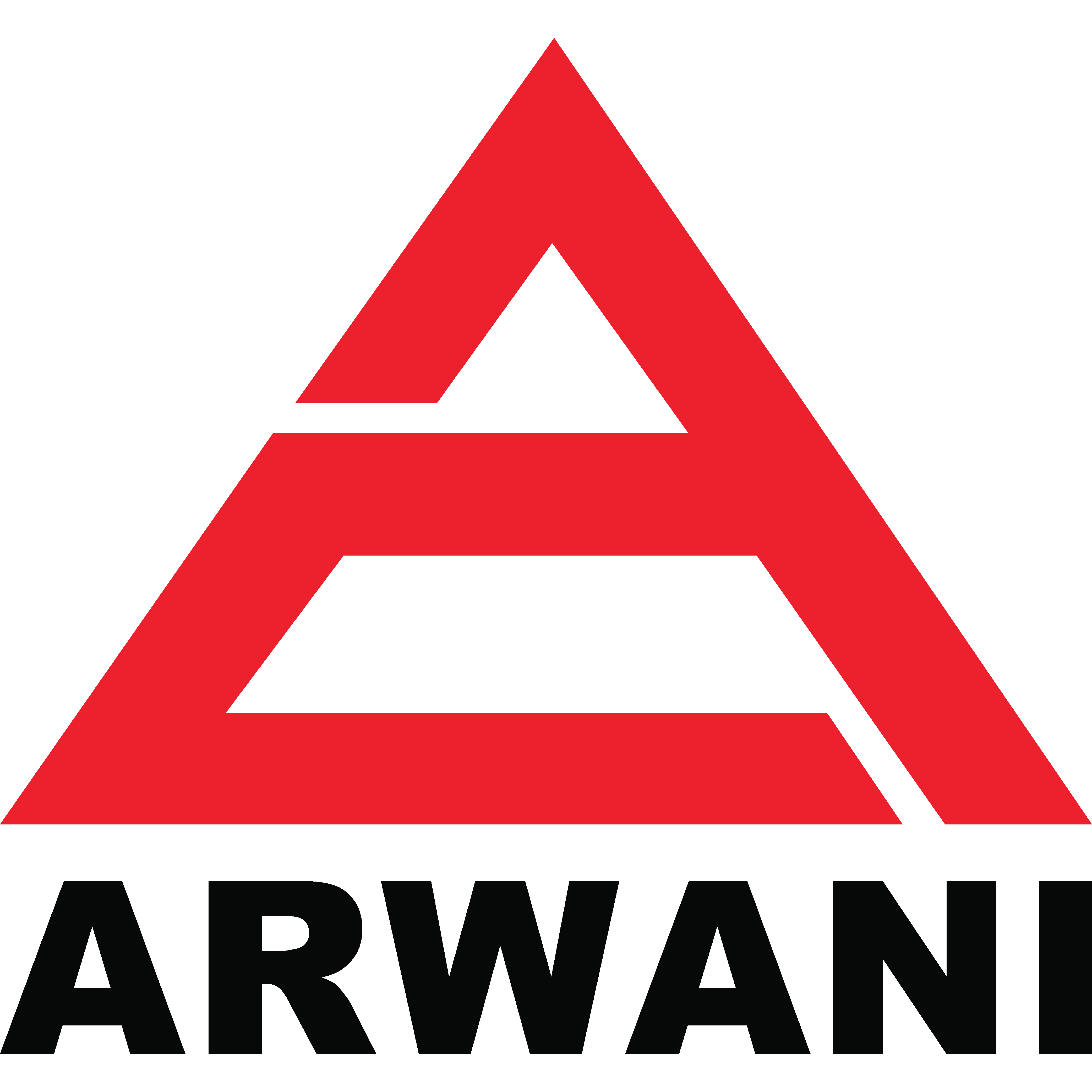Waterjet cutting is a precision CNC fabrication method that uses high-pressure water—often mixed with abrasive garnet—to slice through metal, stone, glass, composites, and ceramics with exceptional accuracy. Its cold-cutting nature avoids thermal distortion, making it ideal for critical applications across aerospace, automotive, architecture, and industrial manufacturing.
Despite its benefits, waterjet systems can face operational issues that impact cutting quality, speed, and equipment longevity. Below is a comprehensive breakdown of common waterjet cutting problems and practical solutions to keep your system efficient, accurate, and reliable.
Nozzle Wear
The nozzle, or orifice, is the heart of the waterjet stream. Over time, abrasive particles cause it to wear out, leading to reduced cutting precision, tapering edges, and material inconsistencies.
Solutions:
-
Inspect and replace nozzles regularly based on usage cycles
-
Use high-durability orifices (e.g., diamond or sapphire)
-
Fine-tune abrasive flow to reduce excessive wear
Abrasive Feed Issues
Abrasive garnet flow inconsistencies can reduce cutting power, clog the mixing chamber, or affect cut edge quality.
Solutions:
-
Maintain dry abrasive storage to prevent clumping
-
Monitor and calibrate feed rate based on material hardness
-
Ensure hopper and delivery lines are free from blockages
Cutting Head Clogs
Abrasive or debris buildup in the mixing tube or nozzle can stop or weaken the water stream, disrupting cut integrity.
Solutions:
-
Regularly clean the cutting head and mixing tube
-
Use high-quality abrasives to reduce debris
-
Install filtration on incoming water to prevent particulate contamination
Inconsistent Water Pressure
Pressure fluctuations lead to uneven cuts, poor kerf control, and production slowdowns.
Solutions:
-
Service intensifier pumps and check for leaking seals
-
Replace clogged filters
-
Monitor pre-filter and high-pressure lines with gauges
Water Leaks in the System
Leaks reduce system efficiency and may indicate worn seals, overpressurization, or component damage.
Solutions:
-
Replace ageing high-pressure seals and fittings
-
Inspect the intensifier for over stroking symptoms
-
Check pressure control settings and relief valves
Overstriking in the Intensifier
Overstroking occurs when the hydraulic piston moves erratically or too quickly, often due to leaks, faulty seals, or clogged components.
Solutions:
-
Reset alarms and re-pressurize gradually
-
Inspect water seals, orifices, and pressure valves
-
Replace worn low- and high-pressure poppets
Hydraulic Pressure Failure
Insufficient hydraulic pressure limits the pump’s ability to generate consistent cutting force.
Solutions:
-
Calibrate the pressure control knob
-
Inspect the compensator and relief valve
-
Monitor hydraulic oil levels and system temperature
Hydraulic Overheating
High hydraulic fluid temperatures reduce efficiency and damage internal components.
Solutions:
-
For water-cooled systems, increase coolant flow and inspect valves
-
For air-cooled systems, improve shop ventilation and clean fan coils
-
Examine relief valves for partial openings generating excess heat
Low Water Pressure
Low water pressure can originate at either the pump inlet or the cutting head and may prevent effective cutting altogether.
Solutions:
-
Replace clogged inlet filters
-
Repair leaks in tubing or bleed-down valves
-
Verify utility water supply pressure and replace defective on/off valves
Short Seal Life
Seal failure results in leaks, pressure drops, and increased maintenance cycles. Poor water quality and system misconfiguration accelerate wear.
Solutions:
-
Use water within the manufacturer’s recommended purity and pressure range
-
Flush debris before installing new seals
-
Inspect plunger bearings and cylinders for surface wear
Abrasive Clogs
Moisture or oversized garnet particles can cause clogs in the feed system or mixing chamber.
Solutions:
-
Store abrasives in a humidity-controlled environment
-
Use mesh size compatible with your nozzle diameter
-
Periodically purge and clean abrasive lines
Misaligned Cutting Head
A misaligned nozzle can cause poor cut geometry, reduced edge quality, and increased part rejection rates.
Solutions:
-
Perform frequent head calibration
-
Use fixed jigs and avoid impact or vibration during operation
-
Inspect for wear on the head mounting assembly
Material Handling Challenges
Improper material support or slippage during cutting can affect cut accuracy and increase material waste.
Solutions:
-
Implement CNC material handling and support systems
-
Use nesting software to minimize scrap
-
Train operators in material positioning best practices
Electrical Failures
Issues with circuit boards, wiring, or control panels can shut down the machine or cause unpredictable performance.
Solutions:
-
Inspect wiring connections and grounding
-
Keep electrical panels clean and dust-free
-
Update firmware and consult technical support for diagnostics
Software and Control System Errors
Incorrect toolpaths, UI malfunctions, or lost connections to the controller can lead to operational delays and miscuts.
Solutions:
-
Keep software and firmware updated
-
Recalibrate systems after software upgrades
-
Train operators in control panel troubleshooting and interface commands
Final Thoughts
Waterjet cutting systems offer unmatched versatility, but they require consistent maintenance and monitoring to perform at their best. By proactively identifying and resolving nozzle wear, pressure instability, hydraulic problems, or abrasive feed issues, businesses can maintain high-precision cuts while minimizing machine downtime.
Regular inspections, use of quality consumables, and team training ensure long-term performance and safety. For industrial manufacturers relying on waterjet technology, these best practices translate into improved throughput, reduced operational costs, and enhanced output quality.







